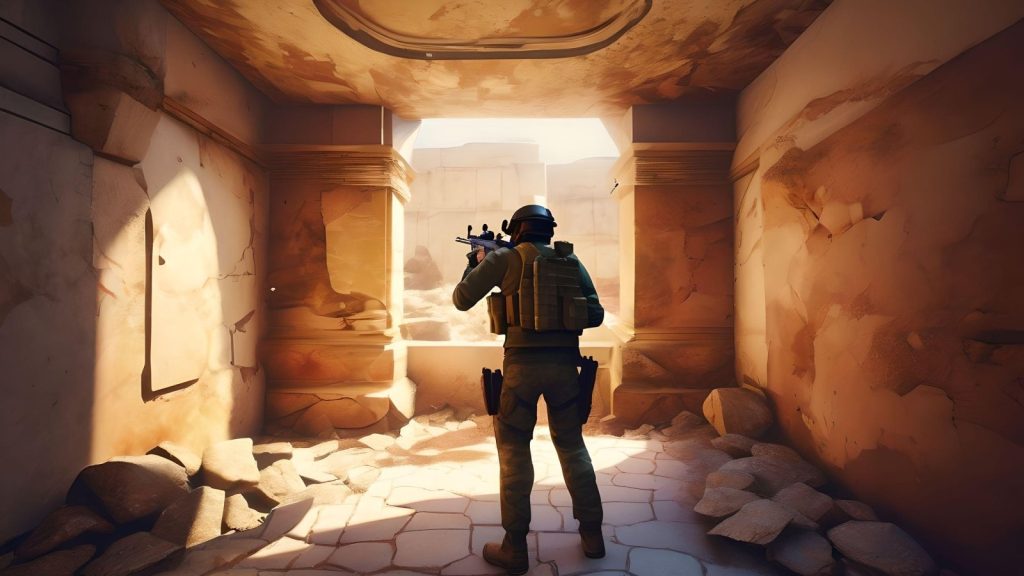In the realm of virtual gaming, building a strong and cohesive team is crucial for achieving success, and a deep understanding of the game map plays a pivotal role in this process. Whether engaging in multiplayer online battle arenas, cooperative missions, or any other team-based gaming environment, the map serves as the foundational framework for strategic planning and effective collaboration. A thorough comprehension of the game map provides players with a strategic advantage, enabling them to make informed decisions that can significantly impact the outcome of their missions. Maps often contain various elements such as terrain features, strategic locations, resource nodes, and hidden pathways. Familiarity with these elements allows players to navigate the virtual environment efficiently, avoid potential pitfalls, and capitalize on advantageous positions.

One of the key aspects of map understanding, including overpass callouts, is positioning. Knowing where to place team members can greatly influence the success of a strategy. For instance, in a game where capturing key points is essential, understanding the layout of these points and their relative importance can guide players in positioning their team effectively. Players can allocate resources and deploy their characters where they are most needed, whether it is fortifying defenses, launching attacks, or supporting allies. Furthermore, map awareness facilitates better communication among team members. When players have a shared understanding of the map, they can coordinate their movements and strategies more effectively. This mutual knowledge reduces confusion and enhances the team’s ability to execute complex tactics. For example, if a map features multiple routes to a target, knowing these routes allows the team to plan ambushes, diversions, or coordinated strikes with precision. Map understanding also contributes to improved decision-making. In many games, real-time decisions are required based on the dynamic state of the map.
Players who are well-acquainted with the map’s layout can quickly assess the situation and make strategic choices that align with their team’s objectives. Additionally, map understanding is crucial for resource management. Many games involve collecting and managing resources that are scattered throughout the map. Knowing the locations of these resources and the most efficient routes to gather them can give a team a significant edge. This awareness ensures that players can optimize their resource acquisition and allocation, which is often a critical factor in maintaining a competitive advantage. In conclusion, a strong team in virtual gaming is not solely defined by individual skill but also by the collective understanding of the game map. The ability to navigate the map effectively, communicate strategically, make informed decisions, and manage resources are all enhanced by a comprehensive knowledge of the virtual environment. By prioritizing map understanding, teams can improve their coordination, execution, and overall performance, leading to greater success in their gaming endeavors.
